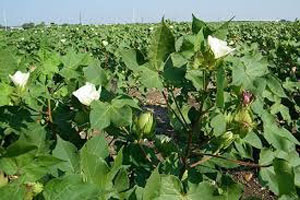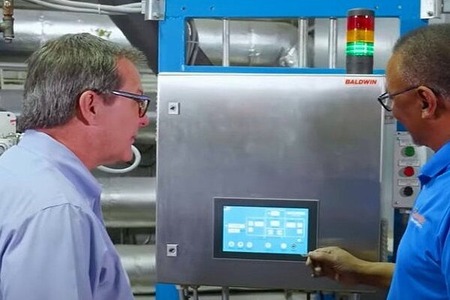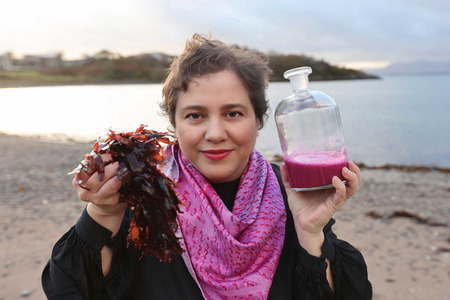
New roadmap to be set aiming at boosting cotton production in Kenya
YarnsandFibers News Bureau 2018-01-12 10:00:00 – AfricaThe Kenyan government under a comprehensive plan is aiming to revive current cotton production and quality by fast-tracking far-reaching measures in 24 counties. It also aims at improving processing efficiency and promote marketing and expansion of trade.
Strengthening sustainable research and development of new cotton varieties, promoting strong partnerships with institutions and developing and enforcing a regulatory framework including quality standards are other strategies to be pursued.
The strategies are contained in a Cotton Comprehensive Plan the government has developed to resuscitate the sub-sector in the next five years.
Fibre crops directorate interim head Anthony Muriithi said that government’s plan is to mobilize all the sub-sector stakeholders with a view to achieving an integrated value chain.
Muriithi explained that the strategies will help in restoring glorious moments the sub-sector enjoyed in 1970s and 1980s. In the medium term their aim is to increase production area to 100,000 hectares from the current 29,000 mainly in the arid and semi-arid areas under rain fed conditions.
While it would be preferable to increase cotton production under irrigation, this may not be feasible due to competition from high value crops, adding: Cotton will therefore be introduced in irrigation schemes as a cycle crop.
In addition, intercropping will be promoted using non-climbing legumes. They are hopeful the initiatives being pushed by the government will help in restoring glorious moments of 1970s and 1980s.
Esther Kaloe, a small-scale farmer in Kitui County, however, said that cotton growers are grappling with high cost of chemicals, pests, lack of improved seeds, low finances, scarce water and manipulation by middlemen and thus not able to expand cotton farming.
The government needs to subsidise supply of chemicals and sink more boreholes and construct water dams to enable farmers irrigate more land.
Cotton was introduced in Kenya by the British East Africa Corporation (BEAC) Ltd which was established in 1906 with the aim of spreading the work of British Cotton Growing Association.
The association was designed by the colonial government to encourage cotton growing in the British Empire and to establish cotton ginning factories and plantations. Equally, Indians who were constructing the Kenya-Uganda railway metre gauge railway line also introduced the crop in areas along the railway line.
The cotton sub-sector is enjoying renewed interest from development partners who are keen to invest in Kenya’s textile industry a move trade analysts said will assist Kenya to expand her share in the international market, for example, USA, Brazil, India, Turkey and China, among others.
Government to ensure high production has been achieved plans to strengthen farmer organisations and cluster them into seven clusters -Upper Eastern, Lower Eastern, Bura Hola, Coast (Lamu, Kilifi and Kwale), Taita Taveta, Rift Valley and Lake Region (Western and Nyanza).
The clusters which will be formed by strong county co-operatives will be the points of input acquisition, marketing and value addition and thus help in taming cost of production. Each cluster will own cotton stores, modern ginnery, model farms and appropriate machinery and equipment which will help farmers achieve high production to meet the local demand.
Both the national and county governments are planning to commercialize high-yielding cotton varieties and establish a certified seed system.
Market Intelligence
Ask for free sample Report

experience
Customer Base
dedicated team
Countries Served Worldwide









